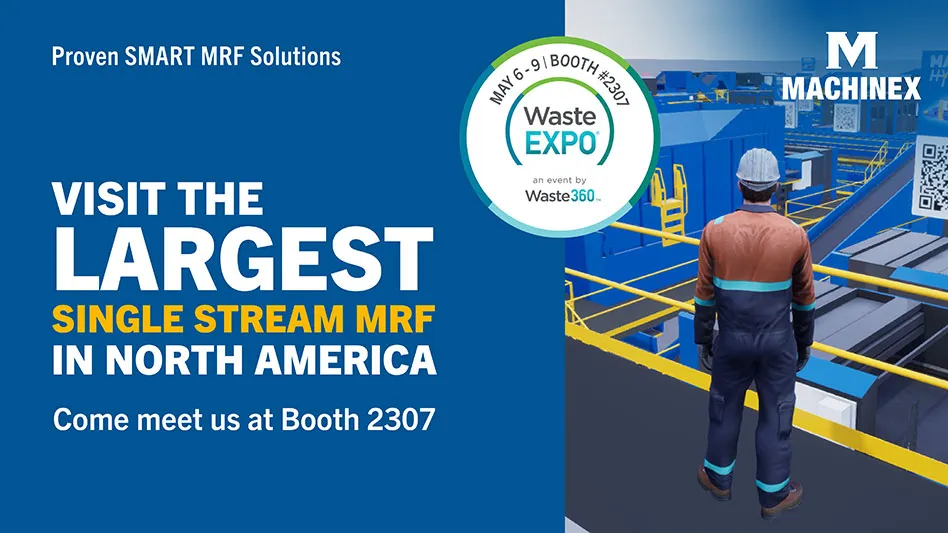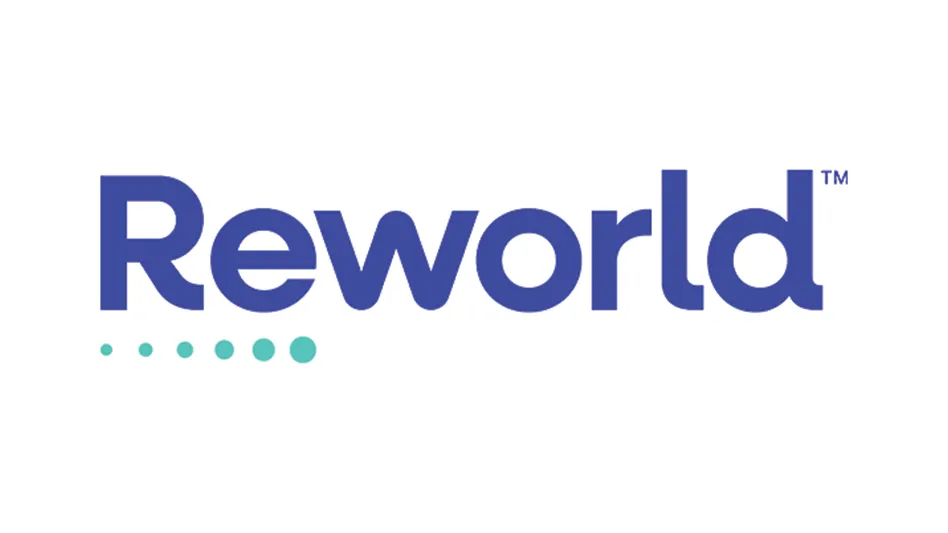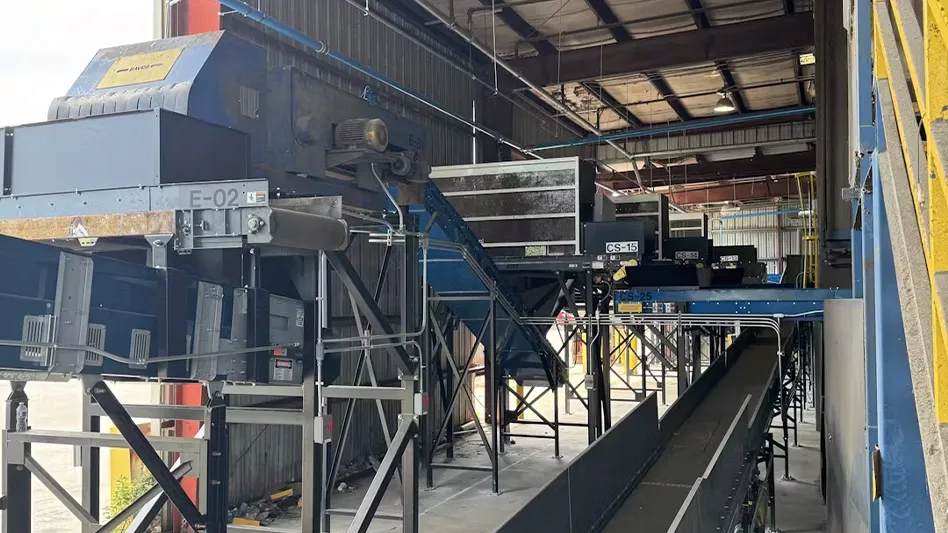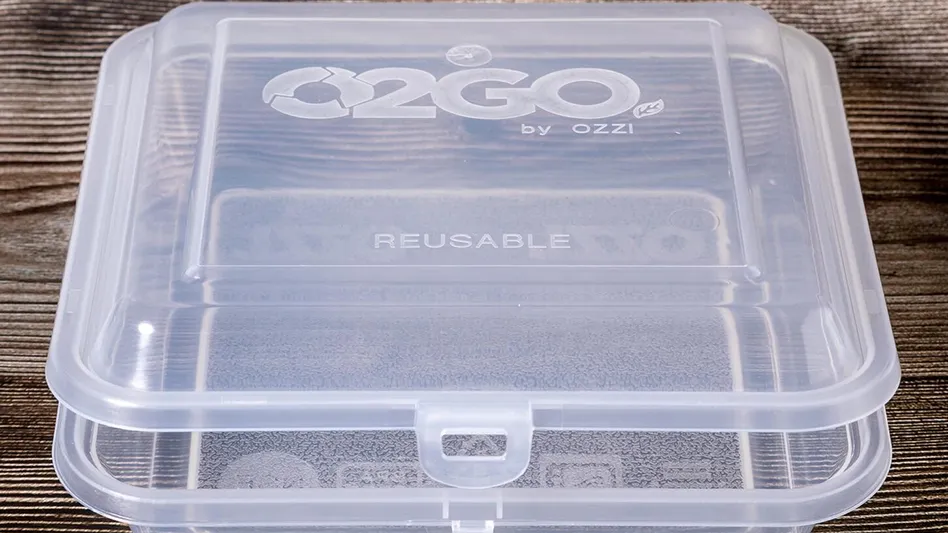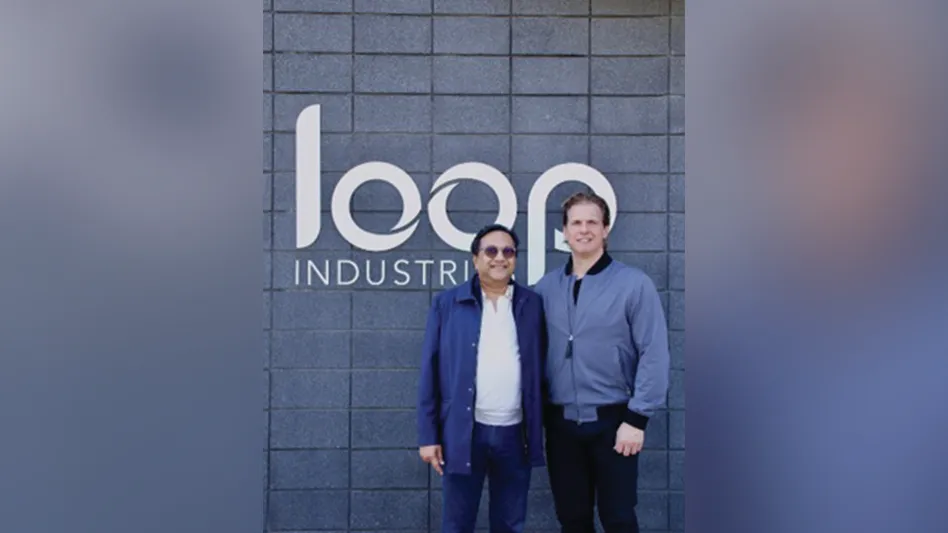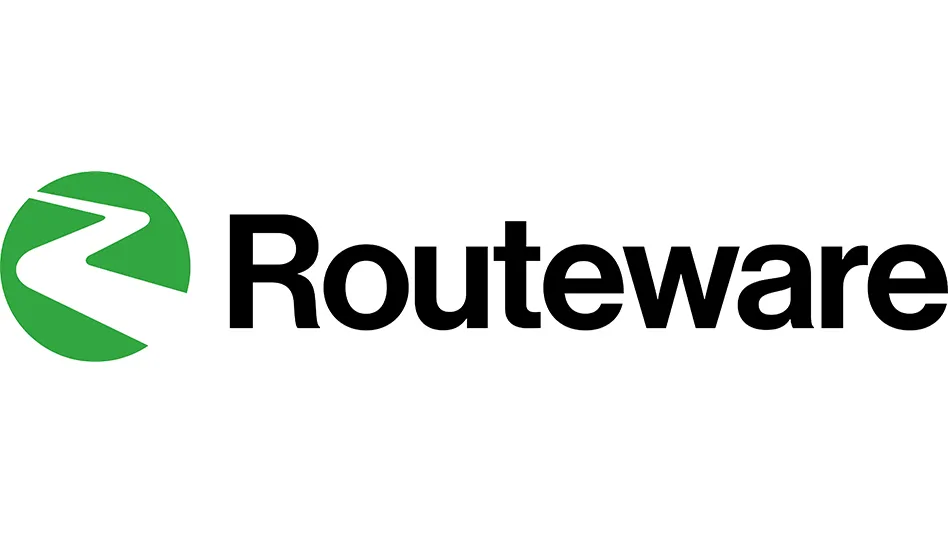 Demand is on the rise for goods made from recycled materials, and as a result many recycling companies are opting for vertical integration to cut out the proverbial “middle man” and to capitalize on this demand.
Demand is on the rise for goods made from recycled materials, and as a result many recycling companies are opting for vertical integration to cut out the proverbial “middle man” and to capitalize on this demand.
The fact is, expansions and overall growth in the industry undoubtedly will continue. For that reason, today’s recycling companies must focus on saving as much of their own cash as possible to ensure they are ready for the out-of-pocket costs associated with growing a business, which can be quite high.
Adding capacity
Many companies have identified vertical integration as the key to future growth and success, and they are evaluating their businesses to identify new ways to grow profits.
Looking at the process for recycling plastics, traditionally speaking, material recovery facilities (MRFs) handle the initial process of sorting recyclable plastics into their own material group. These plastic materials are then most commonly sold to plastic recycling companies that convert the sorted plastics into a raw pelletized form. These pellets ultimately are sold to plastic goods manufacturers that use them to create consumer products.
However, today we are seeing manufacturers of plastic goods expand their businesses, cutting out the pelletizing companies, and instead taking this process in-house to create their own pellets that can then be used in production. Waste collection companies also are expanding into the MRF business as they identify the potential for growth by expanding their role in the recycling process a step further.
As these companies expand their services, they are in need of new equipment.
For example, Summit Funding Group recently financed a plastic bag manufacturer’s new pelletizing equipment. This equipment will allow the company to create its own raw pelletized plastic rather than purchasing this material from a supplier.
While vertical integration is certainly not a new concept, as the recycling industry grows (and competition subsequently increases), businesses must consider these strategies to ensure their futures.
Financing vertical integration
Alongside continued high demand for recycled goods from consumers, companies also have added pressures from cities and local and national governments that want to see increased use of recycled materials in today’s consumer goods. With demand and pressure building, businesses are left trying to determine how to make their necessary expansions a success.
Beyond specific business models and expansion plans, it’s no secret that the way an expansion is financed can make or break a business. With that in mind, owners who are looking to expand should explore their finance options thoroughly and focus on saving precious cash. This cash undoubtedly will become invaluable during the initial expansion period, when out-of-pocket costs are high.
Leasing instead of purchasing the equipment needed for expansion allows companies to avoid many upfront costs.
Many companies don’t realize that everything from forklifts to pelletizing systems can be leased. While most people are familiar with the broader concept of leasing, many don’t yet realize how many lease structures are available and how they can leverage these structures to support their companies’ growth.
Financing options
The right leasing structure for a company depends entirely on that company’s existing financial structure as well as on the specific piece of equipment being acquired.
For example, pelletizing machines have a long shelf life. As a result, a capital lease is usually best for this type of equipment. Capital leases offer great rates and actually function as a purchase—the equipment is bought by the borrower once the lease term is complete. With this structure, a company can keep valuable cash by stretching the cost of the equipment out over several years rather than paying the entire purchase amount upfront.
On the other end of the spectrum, for equipment such as forklifts, loaders and other yellow iron that has a much shorter expiration date as a result of the equipment’s normal wear and tear, operating leases are a better choice. Operating leases allow for the use of this equipment, without the obligation of ownership, allowing companies to upgrade the equipment on a consistent basis while not having to hold outdated equipment on their books. In addition, at the end of the lease, the company still has the option to purchase the equipment at fair market value if it chooses.
This structure is extremely advantageous for life cycle management as well as for equipment that becomes outdated quickly. Those in the industry know that being stuck with obsolete and expensive-to-maintain equipment is a costly problem. An operating lease allows the company to decide whether it wants to keep the equipment it has been using or if it would prefer to acquire a newer piece of equipment.
Operating leases are especially helpful to new and expanding companies based on the ability of these leases to minimize financial risk. If a company falls on hard times and has an operating lease in place, that firm can simply opt not to purchase the equipment at the end of the lease. This frees the company from the burden of offloading outdated equipment that it no longer needs.
Choosing your finance partner
While this article outlines two of the most popular structures for leasing equipment, these are far from the only options available. In fact, when companies are looking for financing, flexibility should be a key characteristic of their selected financiers. Recycling companies should be aware that many larger financial institutions often have very few finance structure options at their disposal because of their corporate structures and regulations. Finding a lender that can work with a firm to create the best structure that individually fits its business is vital.
Many large financial institutions are limited in terms of their abilities to provide value-add offerings, such as progress and vendor payments. These offerings are especially important for recycling equipment, as many of the most popular types of equipment require hefty down payments and lengthy delivery times.
For example, our firm recently financed an Erema pelletizing system for a consumer product manufacturing client. The equipment required a down payment of 40 percent of the $1.6 million price tag. In addition, the delivery wait time was estimated to be up to six months.
We were able to work with our client to provide the down payment upfront, ensuring the equipment could be ordered. We also adjusted the payment schedule so our client paid less for the equipment before it was operational and generating revenue.
Finding a finance partner that can handle payments of this kind and vendor payments for expenses such as delivery and installation is paramount for expanding businesses that need to conserve cash.
The overall goal of vertical integration is to cut costs and to grow a business. That said, if the expansion process is not done in the most effective way, especially financially, it actually can end up costing a business rather than driving additional profits.
Eric Freeman is vice president of Summit Funding Group, an Ohio-based company that provides equipment lease and finance solutions to businesses across the U.S. and Canada. He can be contacted at efreeman@4sfg.com.
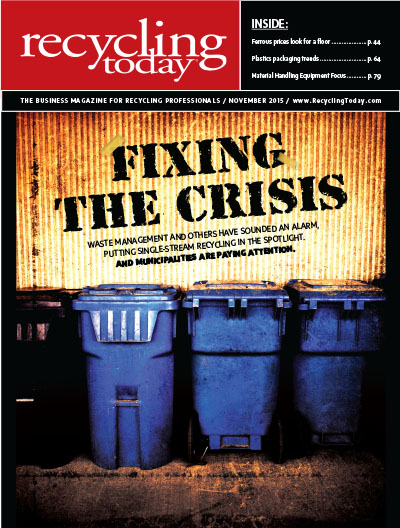
Explore the November 2015 Issue
Check out more from this issue and find you next story to read.
Latest from Recycling Today
- Meeting the decarbonization challenge
- Cyclic Materials expands leadership team
- Paper cup acceptance at US mills reaches new milestone
- EPA announces $3B to replace lead service lines
- AMCS showcasing Performance Sustainability Suite at WasteExpo
- New Way and Hyzon unveil first hydrogen fuel cell refuse truck
- Origin Materials introduces tethered PET beverage cap
- Rubicon selling fleet technology business, issuing preferred equity to Rodina Capital
